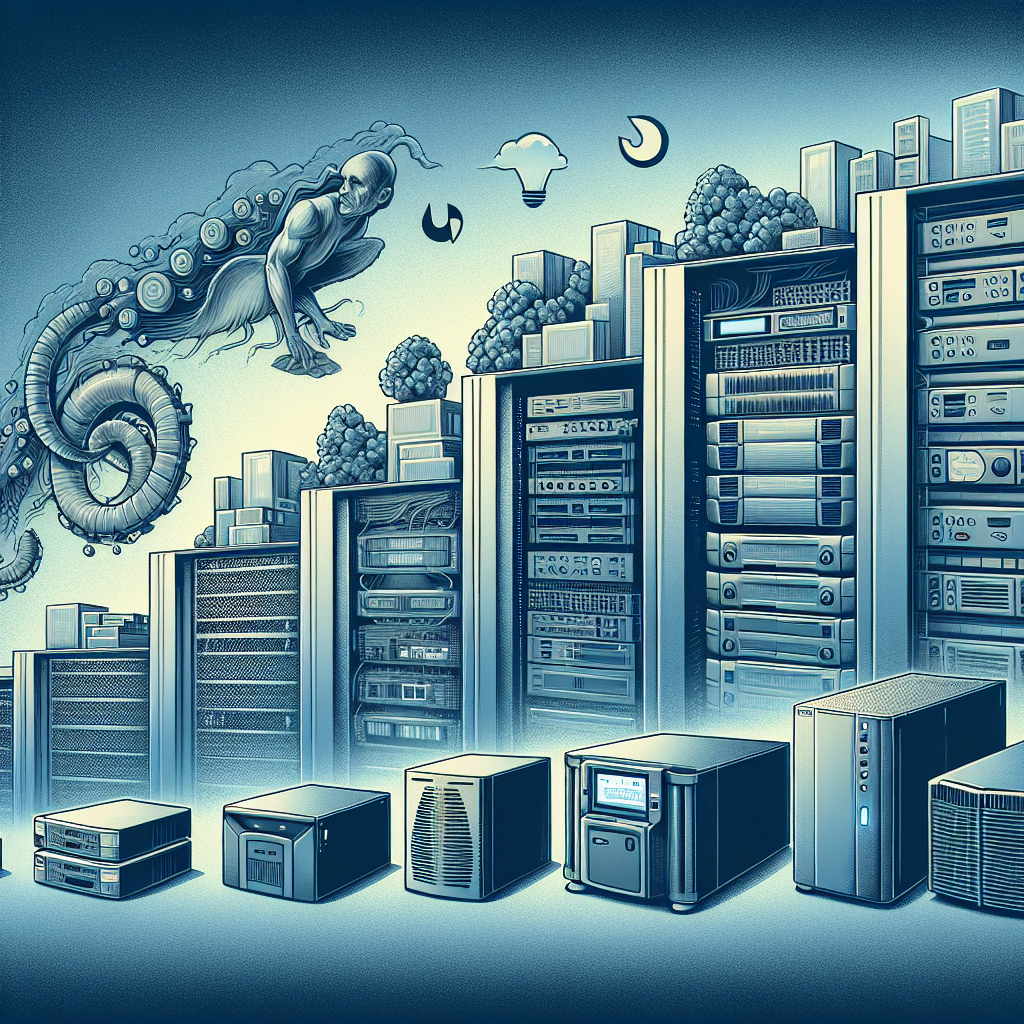Fix today. Protect forever.
Secure your devices with the #1 malware removal and protection software
Data centers play a crucial role in today’s digital world, serving as the backbone of the internet and housing the servers and networking equipment that power our online activities. With the increasing reliance on data centers for storing and processing vast amounts of information, ensuring uninterrupted power supply is essential to prevent costly downtime and data loss. This is where uninterruptible power supply (UPS) systems come into play.
UPS systems have evolved significantly over the years, from providing simple backup power to becoming critical infrastructure that ensures the continuous operation of data centers. Let’s take a closer look at the evolution of data center UPS systems and how they have adapted to meet the growing demands of modern technology.
In the early days of data centers, UPS systems were primarily used as a backup power source in case of a grid outage. These systems were designed to provide temporary power until the main power source could be restored, preventing data loss and downtime. However, as data centers grew in size and complexity, the need for more reliable and efficient UPS systems became apparent.
Modern data center UPS systems are now designed to provide seamless power protection and conditioning, ensuring a stable and clean power supply to critical equipment. These systems use advanced technologies such as double-conversion online topology, which continuously converts incoming AC power to DC and then back to AC, providing a consistent power output regardless of the quality of the incoming utility power.
In addition to providing backup power, UPS systems also play a crucial role in ensuring energy efficiency and reducing operational costs. By using energy-saving features such as variable-speed fans and high-efficiency transformers, modern UPS systems can significantly reduce power consumption and heat generation, leading to lower energy bills and a smaller carbon footprint.
Furthermore, data center UPS systems have also evolved to incorporate intelligent monitoring and management capabilities, allowing for remote monitoring and control of power systems. This enables data center operators to proactively identify and address power issues before they lead to downtime, ensuring optimal performance and reliability of critical infrastructure.
As data centers continue to expand and become more vital to our digital economy, the evolution of UPS systems will undoubtedly continue. Future advancements in UPS technology may include integration with renewable energy sources, such as solar or wind power, to further enhance energy efficiency and sustainability.
In conclusion, the evolution of data center UPS systems from backup power to critical infrastructure has been driven by the increasing demands of modern technology. These systems play a vital role in ensuring the reliable operation of data centers and protecting critical equipment from power disruptions. As data centers continue to evolve, UPS systems will continue to adapt and innovate to meet the growing needs of the digital age.
Fix today. Protect forever.
Secure your devices with the #1 malware removal and protection software

Leave a Reply
You must be logged in to post a comment.